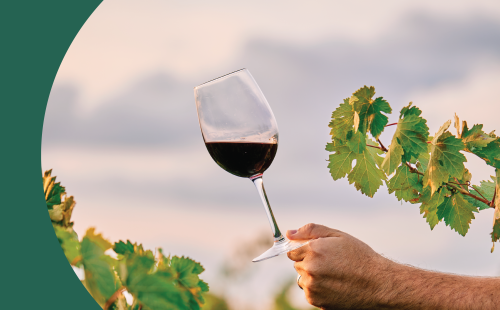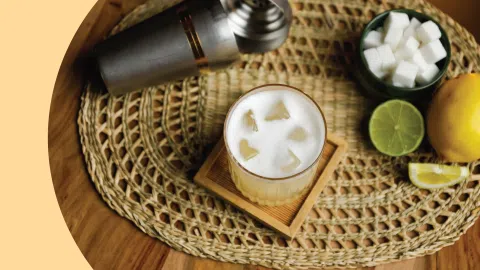Alcohol content plays a key role in your wine experience. It affects the wine’s flavor, body, and how well it pairs with different foods. Knowing the alcohol level can help you choose wisely, whether you want a light white wine for a warm day or a rich red to match a hearty meal..
On average, wines have an alcohol content between 11% and 13.5% ABV. But there’s a range of variations depending on the type of wine. Here’s a breakdown of various wine types, their typical alcohol content, and how they’re classified by Alcohol by Volume (ABV):
| Wine Type | Alcohol Content (ABV) | ABV Classification |
| Red Wine | 12.5-15% | High-Alcohol |
| White Wine | 11-13.5% | Medium-Alcohol |
| Rosé Wine | 12-13% | Medium-Alcohol |
| Sparkling Wine | 10-12% | Low-Alcohol |
| Fortified Wine | 15-20% | High-Alcohol |
| Dessert/Sweet Wine | 5-12% | Low-Alcohol to Medium-Alcohol |
White wines and rosés fall into the medium-alcohol category, while sparkling wines tend to have lower ABV. Red and fortified wines typically pack more alcohol, giving them a fuller body and more intense flavors. Dessert wines can vary, often lower in alcohol but higher in sugar.

What Is Alcohol by Volume (ABV)?
We love getting into the details, and Alcohol by Volume (ABV) is one number you’ll want to pay attention to. ABV tells you what percentage of your wine is pure alcohol. So, if you see 12% ABV on a bottle, that means 12% of the liquid is alcohol.
Why does this matter? Well, ABV gives you a clue about how a wine will taste and feel. Wines with lower ABV tend to be lighter and crisper, while those with higher ABV are fuller-bodied and more intense.
ABV is determined during fermentation. Yeast converts the sugars in grapes into alcohol, so the more sugar the grapes have, the higher the potential alcohol content. Grapes grown in warmer climates ripen more fully and accumulate more sugar, leading to higher ABV wines. In cooler climates, grapes ripen more slowly, often producing wines with lower ABV.
Here’s how wines are generally classified by ABV:
- Low-Alcohol Wines: 5-11% ABV. Often sweeter or lighter wines like Moscato or Riesling.
- Medium-Alcohol Wines: 11-13.5% ABV. Common in popular varieties like Pinot Grigio or Merlot.
- High-Alcohol Wines: 13.5% ABV and above. Think rich reds like Cabernet Sauvignon or Zinfandel.
Alcohol Content: Red Wine vs. White Wine
Let’s break down one of the key differences between red and white wines: alcohol content. Red wines generally have a higher ABV than white wines.
Why Red Wines Are Higher in Alcohol
Red wines range between 12.5% and 15% ABV. The reasons behind their higher alcohol content are rooted in both winemaking practices and the grape varieties used:
- Grape Skin Contact: Red wines are fermented with grape skins, which contain extra sugars. More sugar means more alcohol after fermentation.
- Warmer Climates: Red wine grapes like Cabernet Sauvignon, Shiraz, and Zinfandel are often grown in warmer climates, where they ripen fully and develop higher sugar levels. More sugar = more potential alcohol.
- Longer Fermentation: Red wines often undergo a longer fermentation process, allowing more grape sugars to convert into alcohol.
These factors contribute to the fuller, richer taste of red wines, with higher alcohol content adding body and structure. That’s why reds pair so well with bold, hearty dishes like grilled meats and rich sauces.

Why White Wines Tend to Be Lower in Alcohol
White wines fall in the 11-13.5% ABV range. Here’s why:
- Cooler Climate Varietals: Many white wine grapes, such as Riesling, Sauvignon Blanc, and Chardonnay, are grown in cooler climates where the grapes ripen more slowly, retaining higher acidity and lower sugar levels.
- Shorter Fermentation: White wines typically have shorter fermentation times, which results in lower alcohol content. The shorter time also preserves the fresh, crisp flavors that are characteristic of many white wines.
- Lighter, Fresher Style: Many white wines are crafted to be refreshing and easy-drinking. Lower alcohol levels allow the wine’s acidity and fruit flavors to stand out, making them great for pairing with lighter dishes like seafood or salads.

How Alcohol Content Affects Wine Taste and Body
Alcohol content affects more than just the strength of a wine—it influences flavor, texture, and how long those flavors linger. Here’s a quick breakdown:
Mouthfeel
Higher alcohol wines (14% or more) feel fuller and richer, giving a velvety texture. Lower ABV wines (under 12%) are lighter and crisper, making them more refreshing.
Flavor Intensity
Higher ABV amplifies flavors, making wines like Zinfandel and Shiraz bold and concentrated. Lower-alcohol wines, like Pinot Grigio, are more subtle and refreshing.
Sweetness and Dryness
Higher-alcohol wines tend to taste drier, enhancing tannins and acidity. Lower ABV wines, especially sweet ones like Moscato, highlight natural sugars, offering a sweeter taste.
Balance
Great wines balance alcohol, acidity, sugar, and tannins. When well-integrated, alcohol enhances flavors and structure without overpowering the wine.
Alcohol and Wine Labels
Reading a wine label isn’t just about finding the grape variety or region—it also gives you a sneak peek at the alcohol content. Here’s how to make sense of those numbers:
How to Read Wine Labels for ABV
Most wine labels include the ABV (Alcohol by Volume) percentage right on the front or back. This number tells you how much of the wine is alcohol, so a 13% ABV means 13% of the liquid is alcohol. It’s a handy way to gauge whether the wine will be light and refreshing or bold and robust.
Regulations Around ABV Labels
The rules for labeling ABV vary by country. In the US, wines must declare their alcohol content, but there’s a slight margin of error—usually around 1%. This means that a wine labeled as 13.5% ABV could be anywhere from 12.5% to 14.5%. In the EU, the tolerance is narrower, usually around 0.5%. So while labels are a good guide, keep in mind the number isn’t always exact.
Why ABV Can Differ from the Label
As mentioned, actual ABV can vary slightly from what’s printed on the label due to factors like natural fluctuations in the fermentation process or slight variations in testing methods. It’s not a huge difference, but it’s something to remember if you’re trying to be exact.
Popular Low, Medium, and High-Alcohol Wines to Try
Now that you’ve got the lowdown on how alcohol content impacts wine, let’s talk about some great examples to try at each level of ABV. Here are a few recommendations:
Low-Alcohol (5-11% ABV)
If you’re in the mood for something light and refreshing:
- Moscato d’Asti is sweet, bubbly, and perfect for a warm day.
- German Rieslings is lower in alcohol but packed with juicy, fruity flavors.
- Vinho Verde: Crisp, light, and easy-drinking with a slight fizz.
Medium-Alcohol (11-13.5% ABV)
Looking for a good balance between flavor and body:
- Chardonnay: From oaked to unoaked, this versatile white sits comfortably in the medium-alcohol range.
- Pinot Noir is a lighter red with earthy, cherry flavors—smooth but not overwhelming.
- Tempranillo is a medium-bodied red with a touch of spice and great for food pairings.
High-Alcohol (13.5% ABV and Above)
For those who love bold, rich wines:
- Amarone is a powerhouse Italian red with concentrated fruit flavors and a big alcohol kick.
- Australian Shiraz is spicy, full-bodied, and known for its high alcohol content.
- California Zinfandel is rich, fruity, and intense—a perfect wine for a bold palate.
How Alcohol Levels Impact Food Pairing
Alcohol content not only affects the wine itself but also how well it pairs with food. Here’s a quick guide to making the most of ABV in your wine and food pairings:
Pairing Low-Alcohol Wines
Lower-alcohol wines are generally more delicate, making them perfect for pairing with lighter dishes. Think:
- Seafood and salads with a crisp Riesling or Vinho Verde.
- Fresh cheeses like goat cheese with a refreshing Moscato.
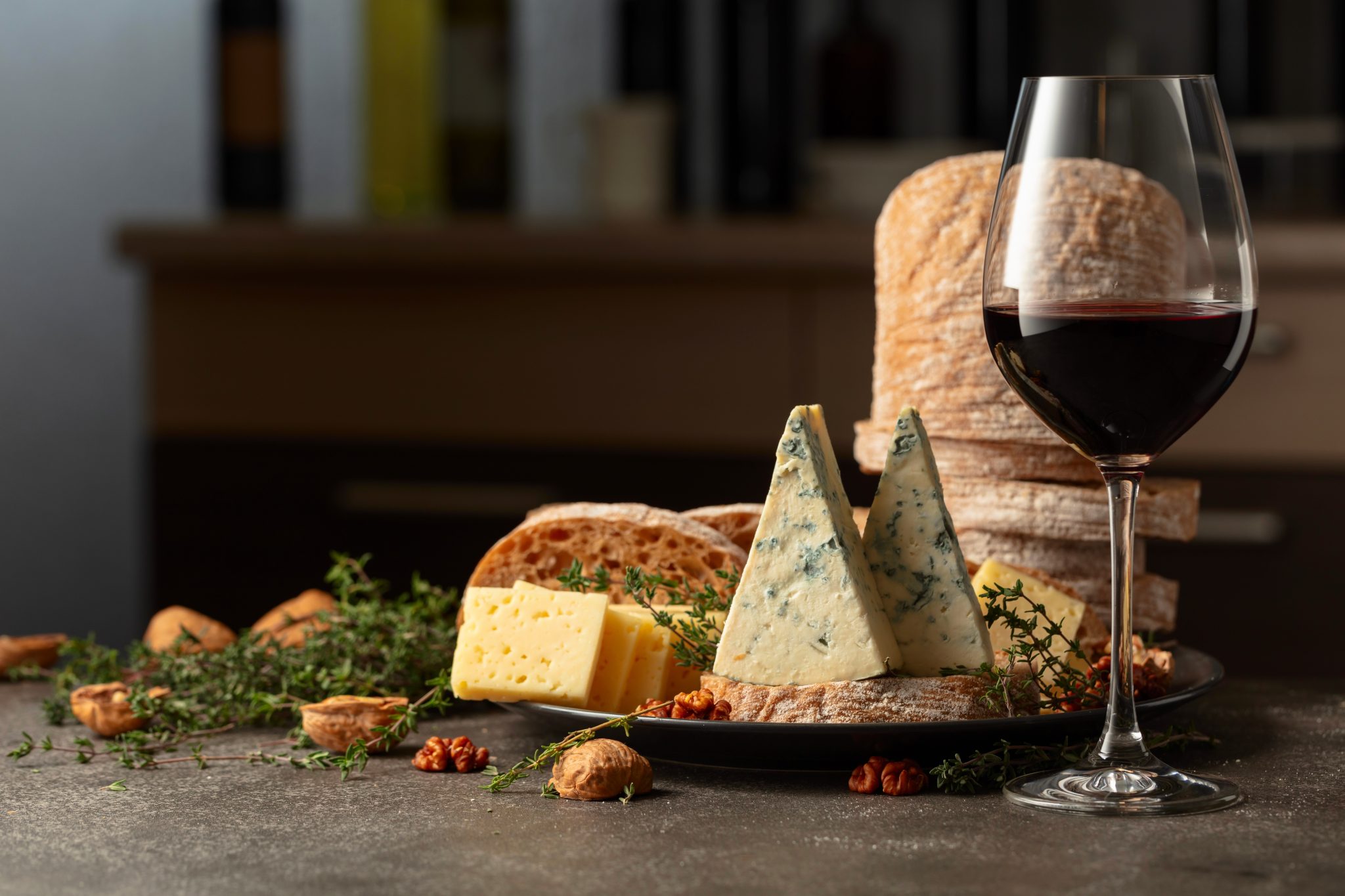
Pairing Medium-Alcohol Wines
Medium-alcohol wines are versatile and can handle a wide range of dishes:
- Roasted chicken or pork with a Chardonnay or Pinot Noir.
- Vegetarian dishes like grilled veggies or risotto go great with a balanced Tempranillo.
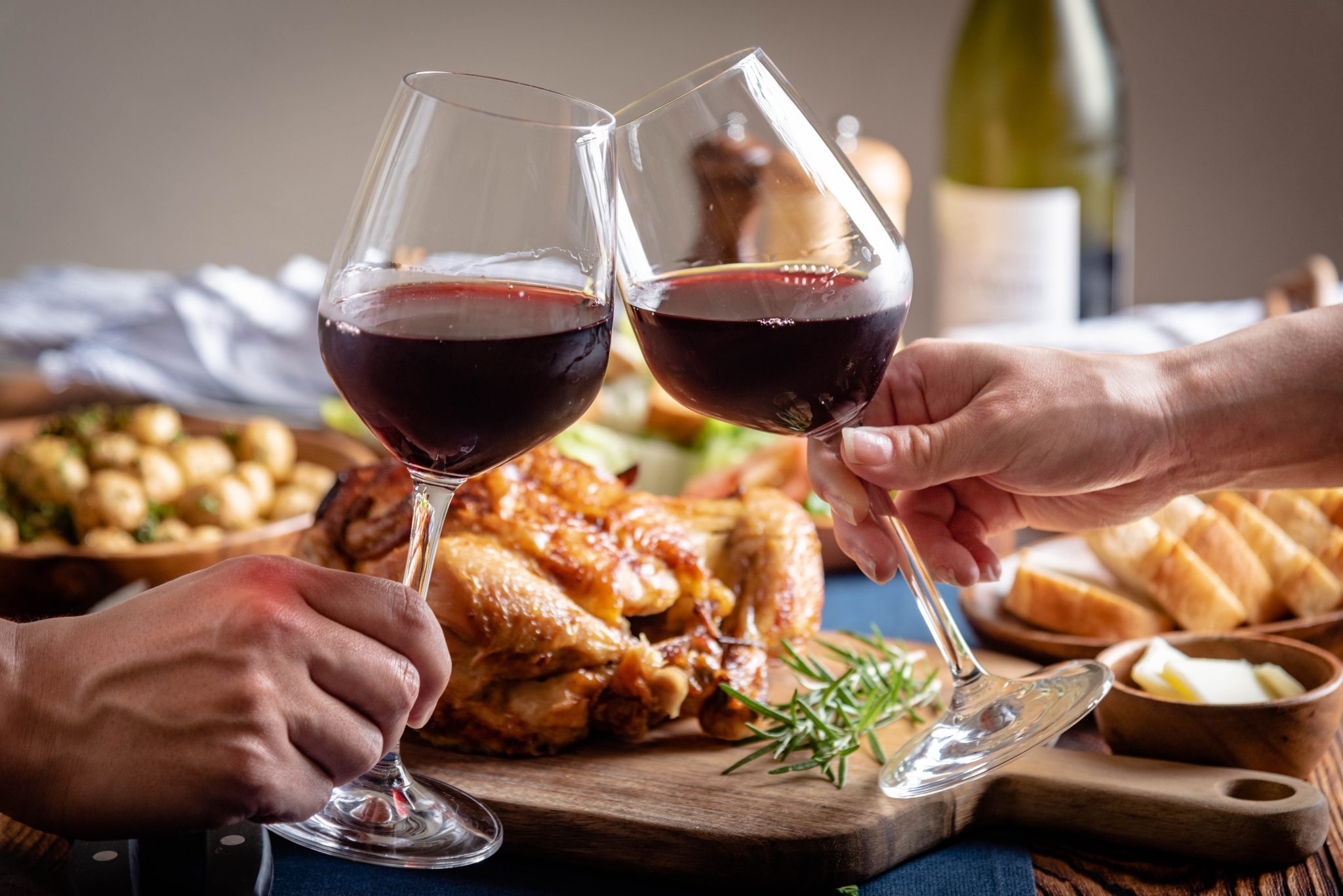
Pairing High-Alcohol Wines
High-alcohol wines have the body and intensity to stand up to richer, bolder foods:
- Grilled meats and BBQ with a spicy Shiraz or Zinfandel.
- Hearty stews or spicy dishes with a rich Amarone.
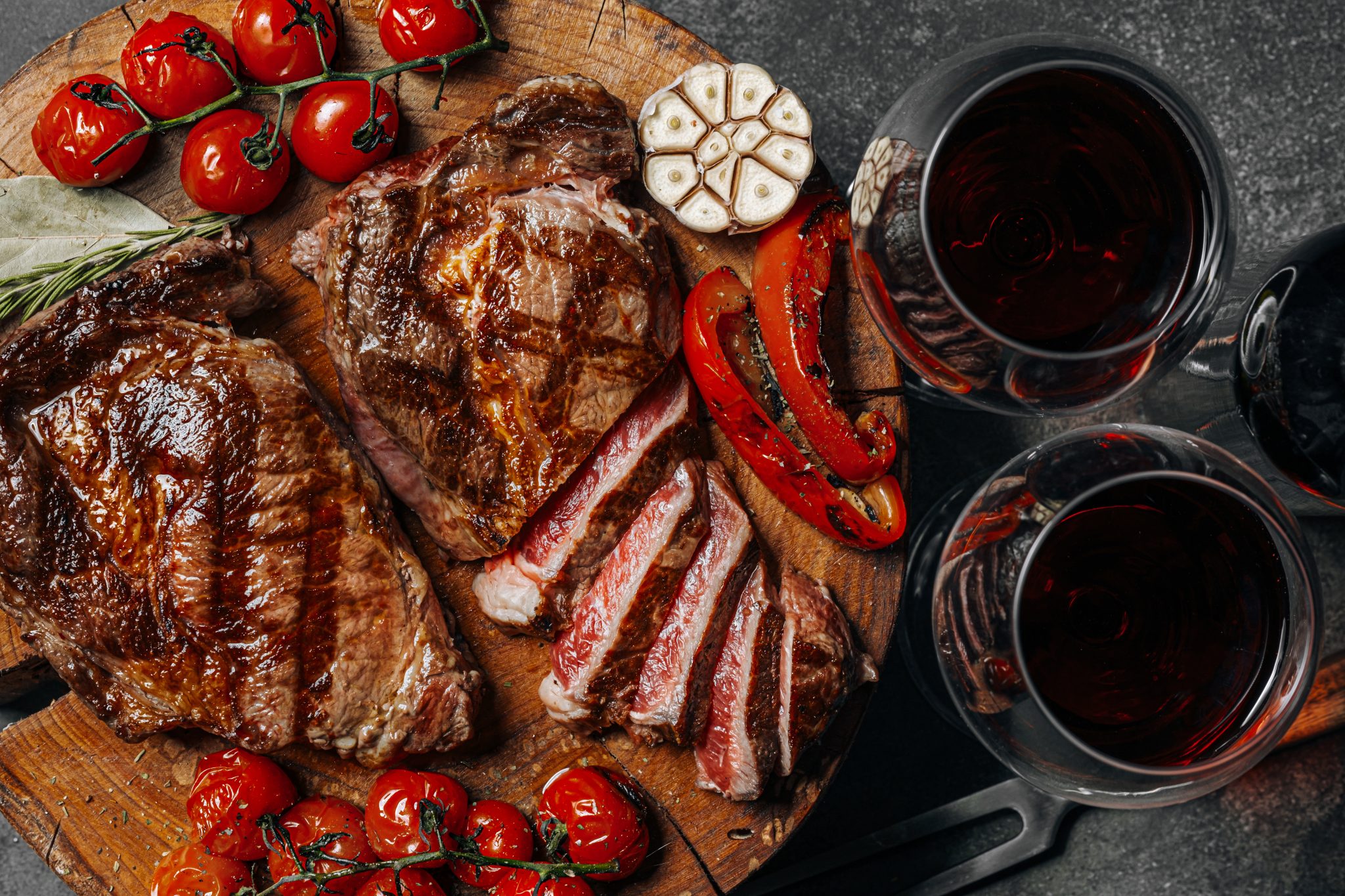
FAQs
What wine has the highest alcohol content?
Fortified wines, like Port, Sherry, and Madeira, typically have the highest alcohol content, ranging between 15% and 20% ABV.
Does red wine have more alcohol than white wine?
Yes, red wines generally have higher alcohol content, ranging from 12.5% to 15% ABV, while white wines usually range between 11% and 13.5% ABV.
How does the alcohol content of wine compare to beer?
Wine typically has a higher alcohol content than beer. Wine ranges from 11% to 15% ABV, while most beers fall between 4% and 7% ABV.
How does wine’s alcohol content compare to spirits?
Spirits like vodka, whiskey, and rum generally have much higher alcohol content than wine, usually around 40% ABV compared to wine’s 11-15% ABV.
Is wine stronger than cider?
Yes, most wines are stronger than cider. Wine averages 11% to 15% ABV, while cider typically has 4% to 6% ABV.
Does wine have more calories than beer?
Generally, wine has more calories per ounce due to its higher alcohol content. A standard glass of wine (5 oz) contains around 120-150 calories, while a 12 oz beer has about 150 calories.
How does sparkling wine compare to champagne in alcohol content?
Sparkling wine and champagne generally have similar alcohol content, both falling in the 10-12% ABV range.
How does wine differ from liquor in terms of serving size and alcohol content?
Wine is usually served in 5 oz pours with 11-15% ABV, while liquor is served in 1.5 oz shots with 40% ABV or higher.
